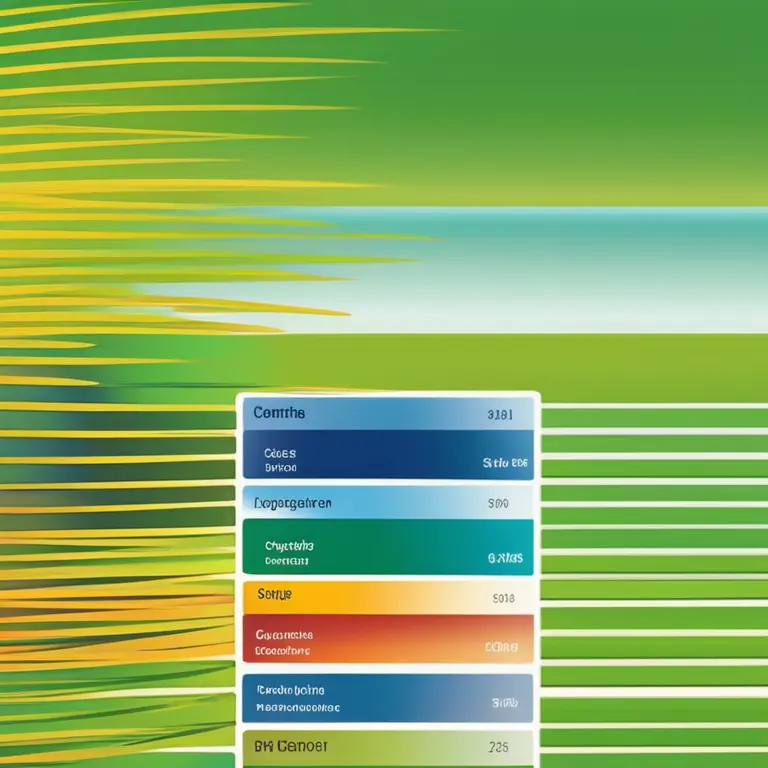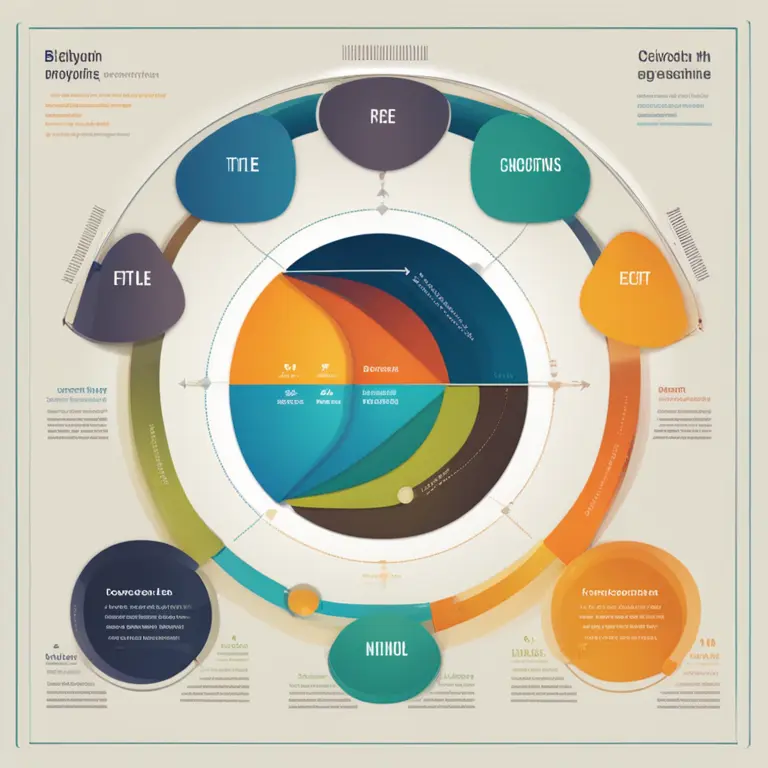
The Truth Behind Biorhythms: Myth or Reality?
Discover the science and skepticism surrounding biorhythms, examining their validity and influence in our daily lives.
article by Adrian Wallace
Introduction to Biorhythms
Biorhythms are said to be invisible waves of energy within the human body that are thought to affect our physical, emotional, and intellectual capabilities. The concept originated in the late 19th century, but it gained popularity in the 1970s. Believers in biorhythms suggest that understanding these cycles can help individuals anticipate and prepare for various aspects of their daily life. However, despite its appeal among enthusiasts, the scientific community remains skeptical of biorhythms' legitimacy, often categorizing them with pseudosciences. This article aims to delve into the question: Are biorhythms real?

The Science Behind Biorhythms
Biorhythm theory posits three main cycles: the 23-day physical, the 28-day emotional, and the 33-day intellectual cycles. Proponents believe that at birth, each of these cycles starts from a hypothetical zero point, and they oscillate in a sinusoidal pattern peaking at halfway through each cycle. The idea is that when the cycles are in the positive phase, a person's abilities in each domain are heightened; conversely, when in the negative phase, capacities could be diminished. Despite these claims, few rigorous scientific studies have corroborated the existence or impact of these cycles.

Critical Examination and Studies
Skepticism arises as many critics point out that the proposed biorhythm cycles lack empirical evidence. Several studies have been conducted to determine the validity of biorhythms, with most finding no significant correlation between the cycles and actual human performance or well-being. Researchers in the field of chronobiology, which studies biological rhythms, often do not give credence to biorhythms, instead focusing on circadian rhythms that have demonstrable scientific backing.

Technological Influence on Biorhythm Beliefs
In today's digital age, applications and websites abound that offer personalized biorhythm readings. These platforms utilize algorithms to predict one's supposedly optimal days for various activities. Their rising popularity reflects a common human desire to understand oneself and optimize personal potential. However, the abundance of such technology further complicates the debate over biorhythms, as the line between genuine self-help methods and entertainment blurs.
The Placebo Effect and Biorhythms
It’s worth considering the placebo effect as a possible explanation for why some individuals swear by the accuracy and utility of biorhythms. If one truly believes that their biorhythms can affect their daily lives, this belief alone could influence their perceptions and behavior. The power of suggestion might result in a self-fulfilling prophecy—what they expect to happen on a ‘good’ or ‘bad’ biorhythm day could very well come to pass.
Perspective and Personal Choice
Ultimately, whether one chooses to believe in biorhythms may be more a matter of personal perspective than scientific fact. Like astrology or tarot, biorhythms can be a tool for self-reflection and decision-making. Users might find value in the routine and the contemplation it inspires rather than its scientific accuracy. As of 2024, biorhythms remain a contentious topic, where personal anecdote and belief still challenge the necessity for objective evidence.
Published: 1/30/2024
Modified: 1/30/2024
More predictions
Come back here soon to learn more about yourself and your future


Biorhythms Chart: Your Personal Physiological Patterns
Your guide to biorhythms chart – understand your natural cycles for better life decisions and well-being.


The Basis of Biorhythms: Cyclical Influences on Human Life
Discover what biorhythms are and how they theoretically affect your daily life through inherent biological cycles.


The Rhythms of Life: Biorythms Simplified
Delve into the fascinating world of biorhythms and discover how these biological patterns can affect your daily life and personal growth.